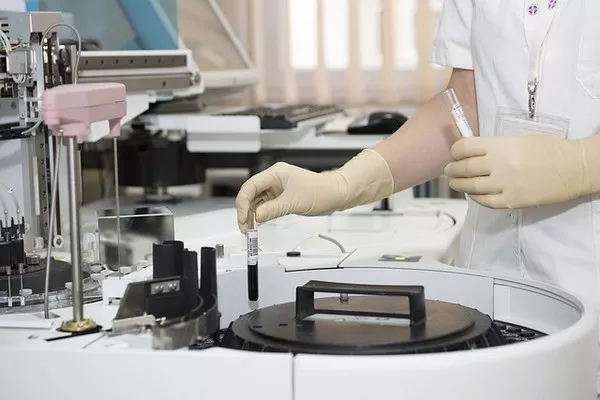FAQs
How do you reduce bowel inflammation?
To reduce bowel inflammation, it is essential to follow a diet low in inflammatory foods and high in fiber, unless advised otherwise by a healthcare provider. Regularly taking prescribed medications, such as anti-inflammatory drugs, immunosuppressants, or biologics, can also help. Additionally, managing stress through relaxation techniques and regular exercise can contribute to reducing inflammation. Consulting with a healthcare provider for personalized advice is crucial for effectively managing symptoms.
Can I live long with IBD?
Yes, individuals with Inflammatory Bowel Disease (IBD) can live long, fulfilling lives with proper management. While IBD is a chronic condition, advancements in treatment, including medication and sometimes surgery, have significantly improved quality of life and life expectancy. Regular monitoring and following a treatment plan tailored by healthcare providers can help control symptoms and prevent complications, contributing to a normal lifespan.
Can IBD be prevented?
Currently, there is no known way to prevent Inflammatory Bowel Disease (IBD). The exact cause of IBD is not fully understood, but it is believed to result from a combination of genetic, environmental, and immune system factors. While prevention may not be possible, early diagnosis and treatment can manage symptoms and reduce the risk of complications. Research is ongoing to better understand the disease and potentially develop preventive strategies in the future.
Related topics:
- Dealing with Severe Sun Poisoning: A Comprehensive Guide
- Severe Heartburn: Causes & When to Seek Medical Attention
- Understanding & Managing Severe Heartburn: A Comprehensive Guide


